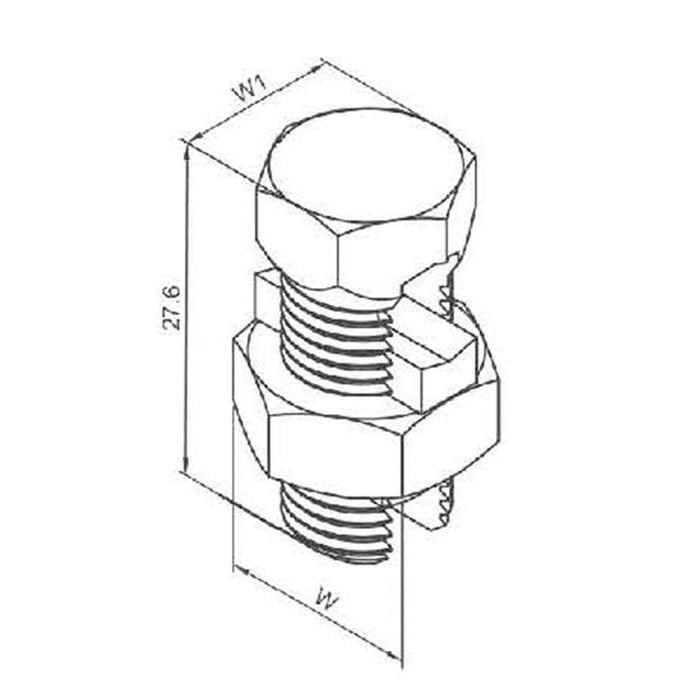
10 AWG to 12 AWG Copper Split Bolt Connector
Availability:
Out of stock
Sold out
Original price
$2.40
-
Original price
$2.40
Original price
$2.40
$2.40
-
$2.40
Current price
$2.40
SKU OEC-15

